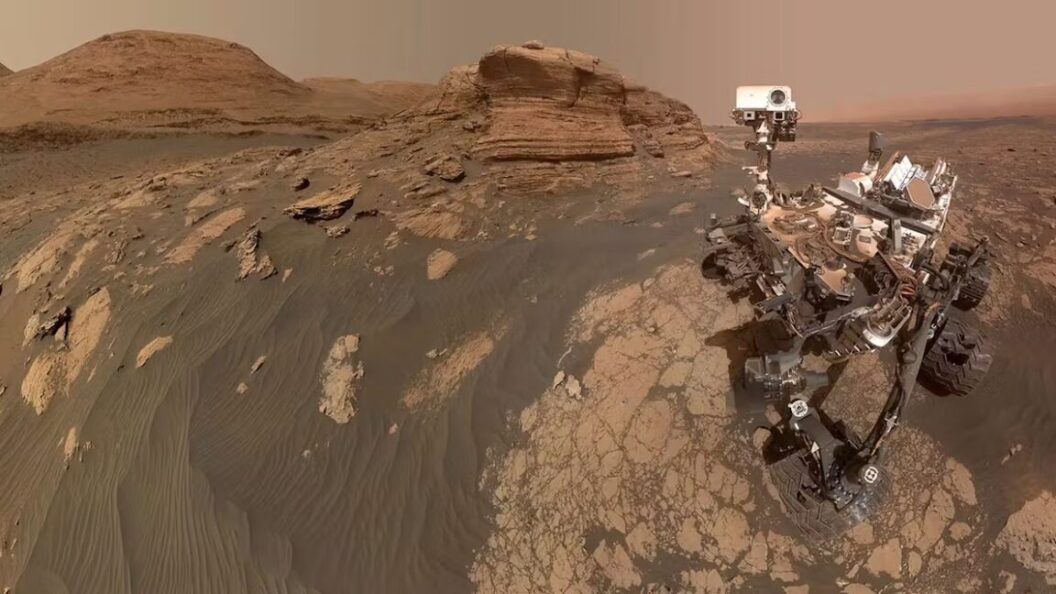Curiosity Rover Uncovers Largest Organic Molecules on Mars
NASA’s Curiosity rover has made a groundbreaking discovery on Mars, identifying the largest organic molecules ever detected on the planet. This finding is pivotal in the ongoing quest for evidence of past life on Mars, particularly because complex long-chain carbon molecules, such as those found at a 3.7-billion-year-old rock formation, are closely associated with biological processes on Earth.
Significant Organic Molecules Discovered
The organic molecules discovered by Curiosity were located in a rock named Cumberland, found in a presumed dried-up lakebed within Mars’s Gale Crater. These molecules consist of carbon atoms linked in extensive chains alongside other elements like hydrogen and oxygen. Notably, scientists utilized the Sample Analysis at Mars (SAM) instrument to analyze the samples collected by the rover.
While the primary objective of the scientific team was to locate amino acids—essential building blocks of proteins—the detection of these hydrocarbons is nonetheless thrilling. The research detailing these findings has been published in the Proceedings of the National Academies of Sciences.
"It’s almost like finding clues to a puzzle," said a member of the research team. "We know these compounds are important for understanding Martian chemistry and the potential for life."
Chemical Composition and Importance of Findings
Among the identified molecules were decane and dodecane—alkanes containing 10 and 12 carbon atoms, respectively. These hydrocarbons are essential components that often signify biological activity on Earth, raising intriguing questions about similar processes on Mars.
The implications of this discovery are significant. If life ever existed on Mars, it was likely microbial, and the presence of long-chain organic molecules may hint at the planet’s capacity to host life-supporting conditions in its ancient past. However, it’s crucial to approach the evidence with caution, as the size of microbial cells makes definitive proof challenging to ascertain without more advanced scientific equipment.
Context of Recent Findings
The excitement surrounding this finding coincides with other recent developments in Mars exploration. Earlier in March 2025, scientists presented evidence suggesting that peculiar features found in rocks encountered by Perseverance—the rover currently exploring another part of Mars—could indicate past microbial activity. Dubbed “leopard spots” and “poppy seeds,” these formations may provide additional context for understanding possible life on the red planet, although details are still forthcoming and pending peer review.
Conclusion: A New Chapter in the Search for Life
The discovery of these organic molecules by Curiosity adds a crucial piece to the puzzle of extraterrestrial life. The findings have sparked renewed interest in Mars exploration, paving the way for future missions and research. As scientists continue to analyze the Martian landscape and its geological history, the potential implications for understanding life’s origins—both on Earth and beyond—continue to expand.
The intersection of chemistry, geology, and the possibility of life presents both challenges and opportunities for scientists. Each new finding, such as the detection of long-chain organic molecules, fosters a deeper understanding of a planet that has long captivated human curiosity. As research in this field progresses, the questions surrounding our closest planetary neighbor promise to reveal more about the nature of life itself.









